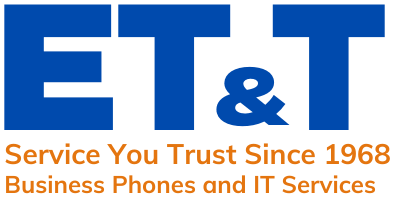Email and phone scams claiming to be the Windows 10 upgrade
If you have received an email with an attachment that claims to be the Windows 10 upgrade, or have received a call offering to help walk you through the Windows 10 upgrade, please do not open the attachment or follow their instructions.
Unfortunately, cybercriminals are trying to capitalize on the great momentum of Windows 10, with nefarious email, web, and phone scams directing our customers to install ransomware and other malware.
Windows 10 is a free upgrade offered by Microsoft which you can take advantage of by reserving your free copy online, or by visiting a Microsoft Store near you to secure free upgrade services.
Microsoft does not initiate calls to customers to assist with Windows 10 installation or technical support, nor do we send emails with installation files attached. If you have been contacted by telephone or if you have received such emails with attached installation files, consider these fraudulent and do not share your personal information or open the attachment.
The first step in upgrading to Windows is reserving your free copy.
If you have not yet reserved your upgrade to Windows 10, please use the Get Windows 10 app on your Windows 7 or Windows 8.1 PC to reserve your free upgrade. If you do not see the “Get Windows 10” app on your PC, please run Windows Update and install any available updates or take a look at this article.

A few days or weeks after you reserved Windows 10, Microsoft will notify you when your device is ready to install; look for this notification in your system tray.

Examples of Scams by Cybercriminals
Any other form of customer communication about Windows 10 upgrades is not a genuine Microsoft initiative or content. Be vigilant about protecting your devices against fraudulent scams, such as:
- A fraudulent email providing you a link or attachment that claims to start the Windows 10 installation process.
- An unsolicited internet pop-up attempting to guide you through the installation process.
- A phony phone call from someone posing as a Microsoft employee, who offers to assist with an upgrade to Windows 10 or to “help” with any other Microsoft product.
If you are already a victim or are targeted by one of these scams:
- Do not follow the instructions, click on links, or open attachments. If you received the information by email, delete the message.
- Report the fraudulent communication to Microsoft: https://support.microsoft.com/reportascam
- Go to Microsoft Safety & Security Center for information and resources dedicated to helping keep your PC safe from threats, including viruses, malware and phishing attempts.
- Visit http://www.windows.com/windows10upgrade to learn more about Windows 10 & how to upgrade your device for free.
Want to learn more about Windows 10? Visit our page dedicated to Windows 10 Upgrades, Windows 10 Q&A or read our latest blog post. You can also view this video that shows the correct process to upgrade to Windows 10 after making your Windows 10 reservation.
Thank You for being part of the largest software upgrade event in history.
We are really excited about Windows 10 and we think you will be too.


